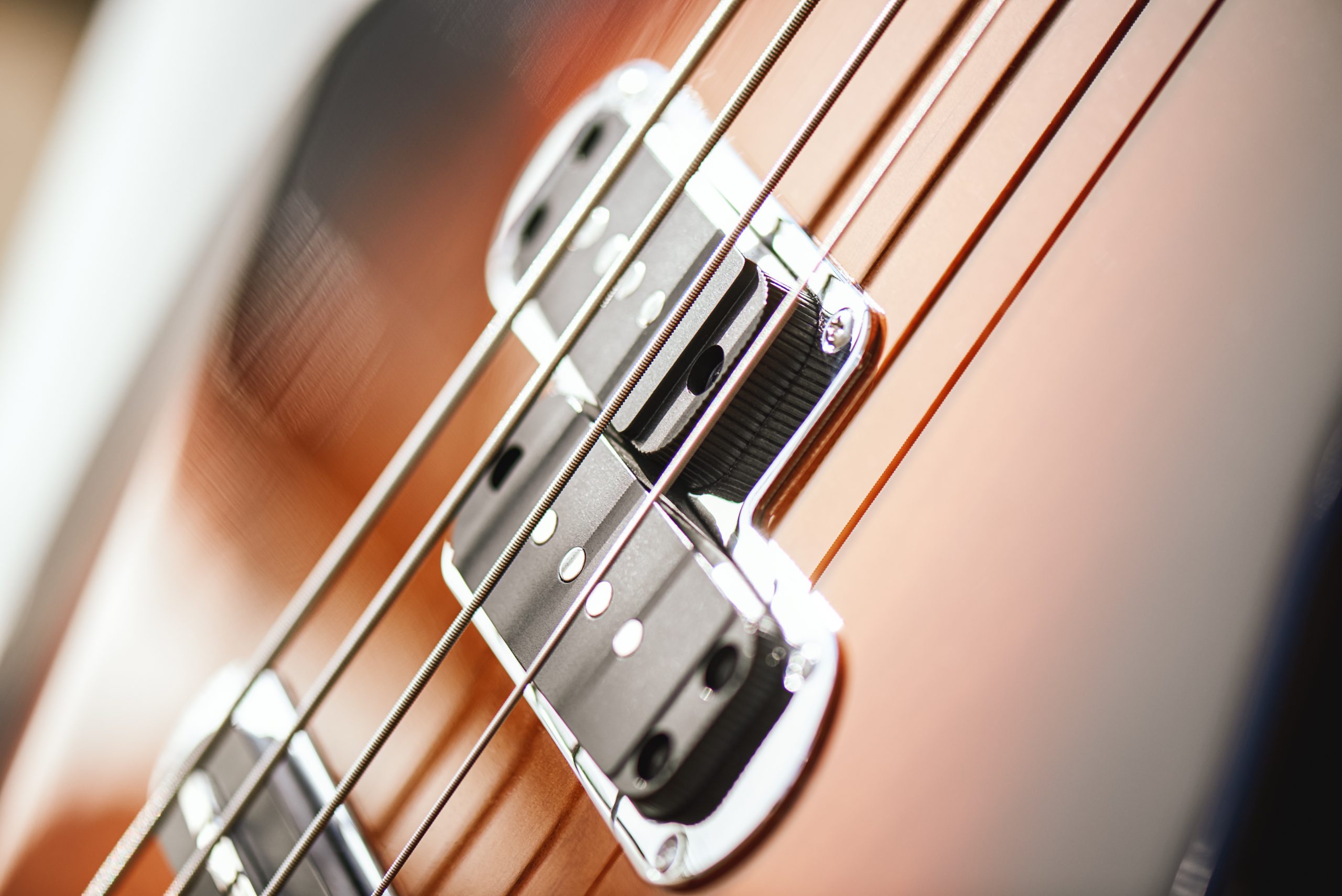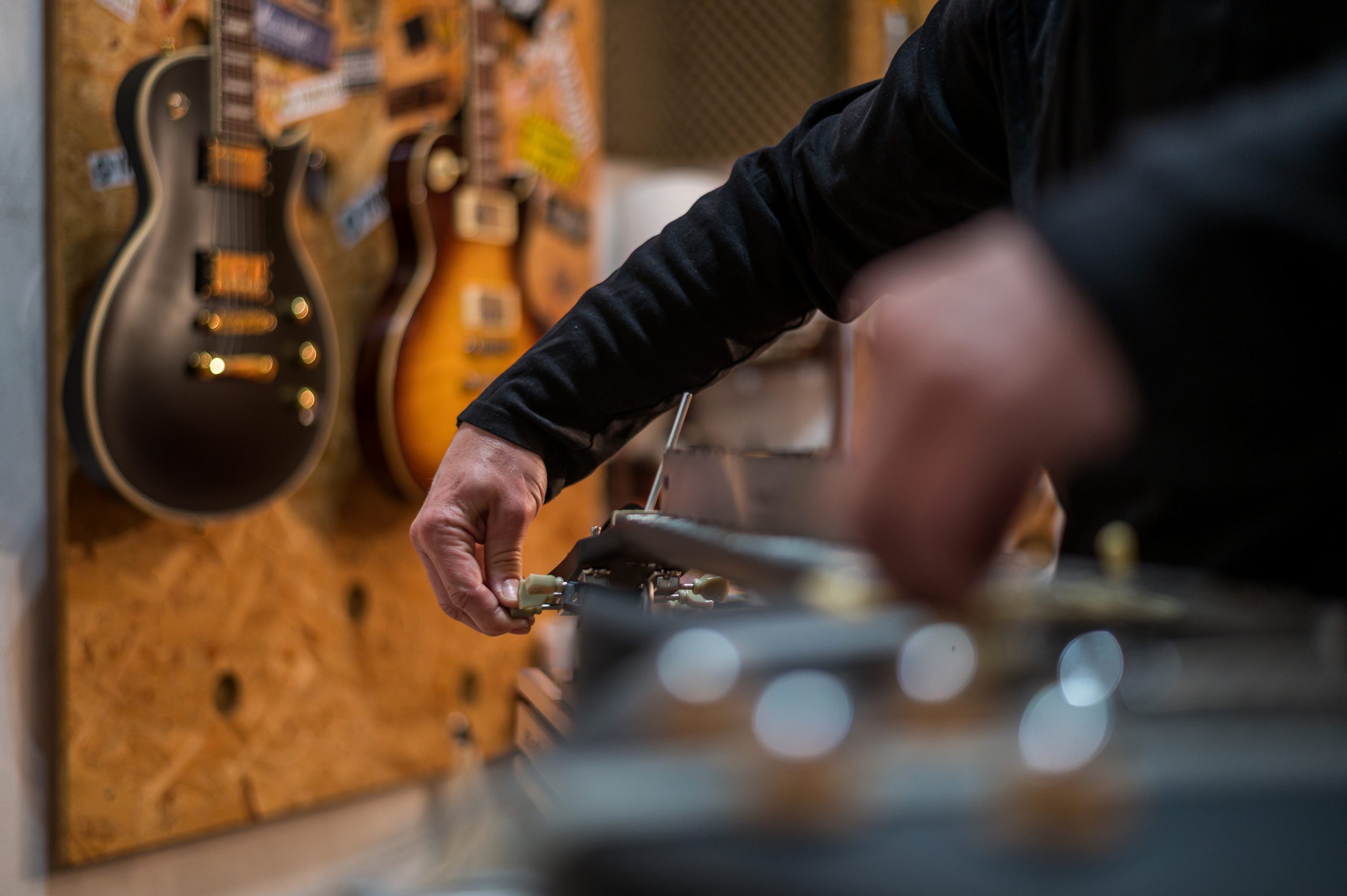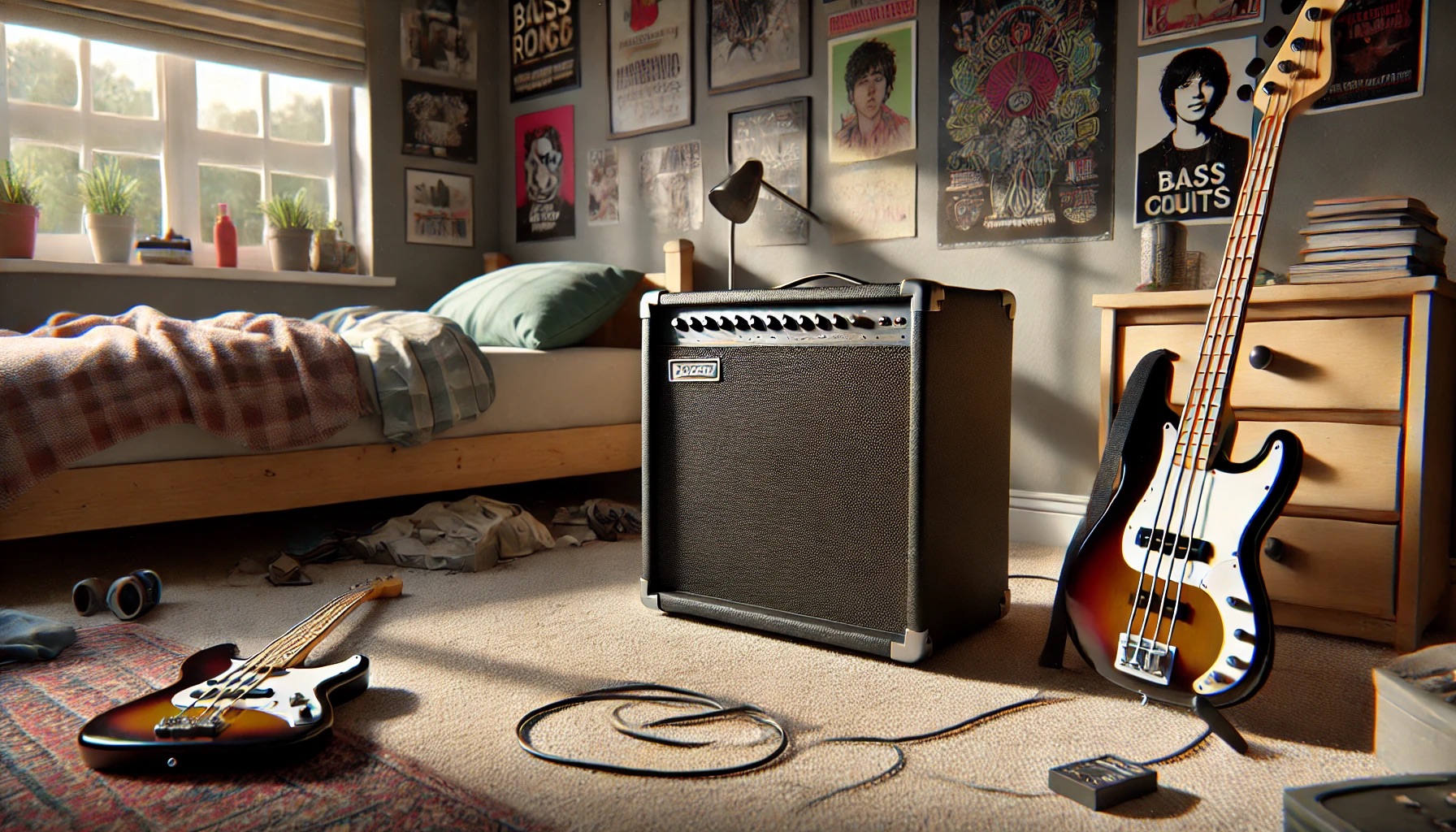Replacing Bass Guitar Tuning Pegs
KEY TAKEAWAYS
- Replacing tuning pegs can make a significant difference in the overall performance of your bass guitar.
- If you get tuning pegs that have the same size bushings as your old ones, it will be a straightforward task to complete on your own.
- If the new tuner’s bushing size differs from the original, you’ll have to drill larger holes in the headstock.
Many musicians like to make their own improvement to achieve the best bass guitar for their needs. And often, one modification job that many musicians like to do is to replace factory tuning pegs with new ones. So, whether you’re an expert or a beginner just learning how to tune a bass guitar, we’re going to show you how to replace bass guitar tuning pegs.
How to Replace Bass Guitar Tuning Pegs
Fixing and replacing tuning pegs is part of knowing how to set up a bass guitar. It doesn’t matter whether it’s a guitar vs a bass; quality tuning pegs are crucial for any stringed instrument. And the best news is that this replacement process isn’t that difficult and can be accomplished with only a few simple tools.
This information will also come in handy for those of you hoping to build your own instrument using a bass guitar kit.
- Difficulty: Medium
- Time Required: 45 minutes
- Total Steps: 9
- Tools Needed: Screwdriver, Replacement Tuning Pegs (also called machine heads), wrench, Electric Drill, Sandpaper
Step 1 – Research the various types of tuning pegs. You’ll find there are vintage and modern pegs, and it’s essential to select a type that best suits your instrument and playing style.
Step 2 – When analyzing new tuners, check the size of the tuning pegs to see if they have larger diameter bushings than your original tuners. If this is the case, you will have a much larger project, as you’ll need to redrill the holes in the headstock.
Step 3 – Take off the guitar strings.
Step 4 – Use the screwdriver to loosen any screws attaching the tuning pegs. Alternatively, use the wrench to loosen each nut connecting the tuning peg to the guitar head.
Step 5 – Remove the old tuning pegs and set them aside.
Step 6 – Take the new electric bass tuning pegs and place each one in alignment with the holes in the headstock.
Step 7 – If you bought tuning pegs with larger bushings than the originals, you’ll need to resize the holes using a drill and finish them with sandpaper so they’re smooth.
Step 8 – Turn the bass over and reinsert the screws, washers, and nuts. Use the wrench to tighten them.
Step 9 – Restring the bass and test it to ensure that the tuners were placed on correctly and securely.
How to Replace Bass Guitar Tuning Pegs FAQs
How can you identify vintage tuners?
The biggest tell for vintage tuners is that they have an open gear in the back.
What does drop D tuning mean?
Drop D tuning is when you tune the lowest string on your bass (the E string) down a whole step to get a deeper, heavier sound.
How often should you tune your bass guitar?
It’s good to check your tuning every time you play. During a long play session, you may also want to check the tuning a few times to make sure it stays on point to the end.
Tip: Always double-check the correct measurements of your headstock tuner holes and original tuners before buying a new set.
STAT: If the diameter of the hole in your headstock is 11/16″, you need a tuner that is 1/2″. (source)
Warning: Making modifications, such as drilling new pilot holes in the headstock, can significantly lower the value of an instrument.
Source:
https://www.youtube.com/watch?v=poJT271iQX4
https://www.youtube.com/watch?v=WRWiVJ0TeN4
https://www.bestbassgear.com/ebass/gear/hardware/tuner/a-38-or-12-tuner.html
https://www.youtube.com/watch?v=w86ZaszWAjk
https://steemit.com/sahrodion-music/@sahrodion/how-to-change-the-faulty-tuning-peg-on-your-bass-guitar-easily-with-step-by-step-images



























